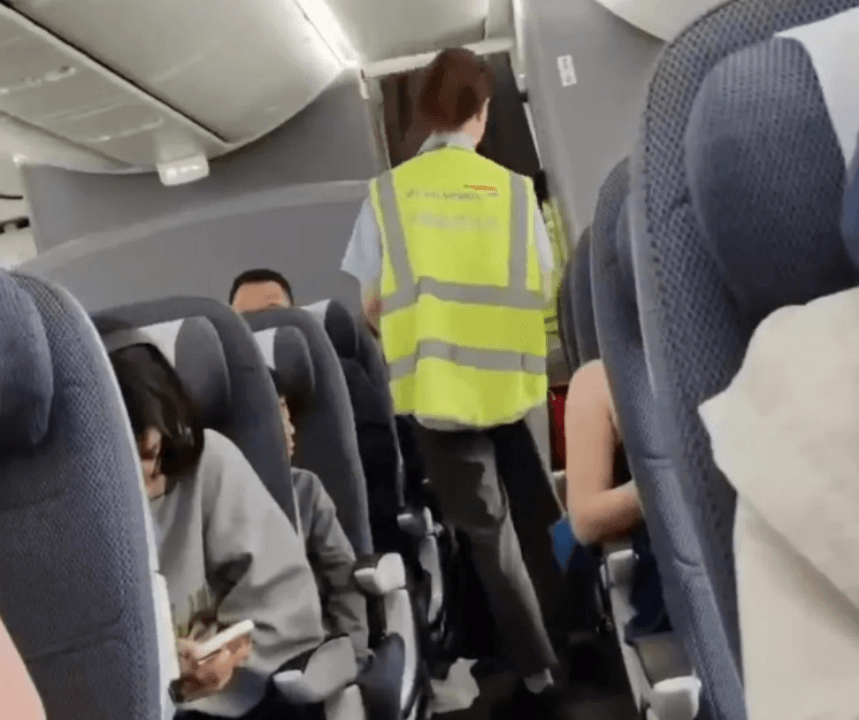At approximately 5 a.m. Beijing time on July 19, flight BA169 from London to Shanghai was about two hours away from landing when an emergency situation arose in the previously calm rear cabin. A foreign passenger had suddenly fallen gravely ill and was in critical condition.

Dr. He Qiyue, the deputy director and chief physician at Suzhou BOE Hospital, was on the flight, returning to China to visit her family. She was woken up by the commotion and approached by a distressed flight attendant. Responding promptly, she said, “I’m a doctor, let me take a look!” They hurried to the rear lavatory, where a middle-aged man was lying on the floor, vomiting uncontrollably. Dr. He quickly took action, tilting the man’s head to the side to prevent choking or aspiration pneumonia, and observed that his pulse was racing at 120 beats per minute.
After stabilizing the patient and assessing his condition, Dr. He learned that the 47-year-old man had no history of hypertension, diabetes, or recent surgeries. The man had become ill while freshening up in the lavatory just before landing. Dr. He ruled out food poisoning and, with the help of the flight attendants, positioned the man in a lateral recumbent position to keep his airway clear. She also requested that ground medical personnel be alerted to prepare for the emergency.
Over the next two hours, the patient vomited three more times but remained stable under Dr. He’s continuous monitoring, with his pulse gradually stabilizing to 50-60 beats per minute. At around 7:15 a.m., as the plane began its descent, Dr. He briefly returned to her seat at the flight attendants’ suggestion, given the patient’s stable condition.

However, within five minutes, she was called back as the man’s condition suddenly deteriorated, with his heart rate and pulse fading. Dr. He immediately commenced CPR. The flight attendants brought over the onboard Automated External Defibrillator (AED), but it did not activate, indicating a probable pulseless electrical activity (PEA), a condition where the heart’s electrical system functions but fails to pump blood effectively. Recognizing this, Dr. He led the crew and other passengers in continuous CPR as the plane landed.
At 7:44 a.m., the plane landed safely after 25 minutes of onboard emergency care. Ground paramedics quickly boarded with their equipment and confirmed Dr. He’s diagnosis of PEA. Without timely and accurate intervention, the survival rate for such cases is less than 5%.
This incident marks Dr. He’s fourth “in-flight rescue.” She has previously provided medical assistance on flights from Frankfurt to Nanjing in 2018, during her return from an international anesthesiology conference in Budapest, and on a Taipei to Italy flight in 2019.

